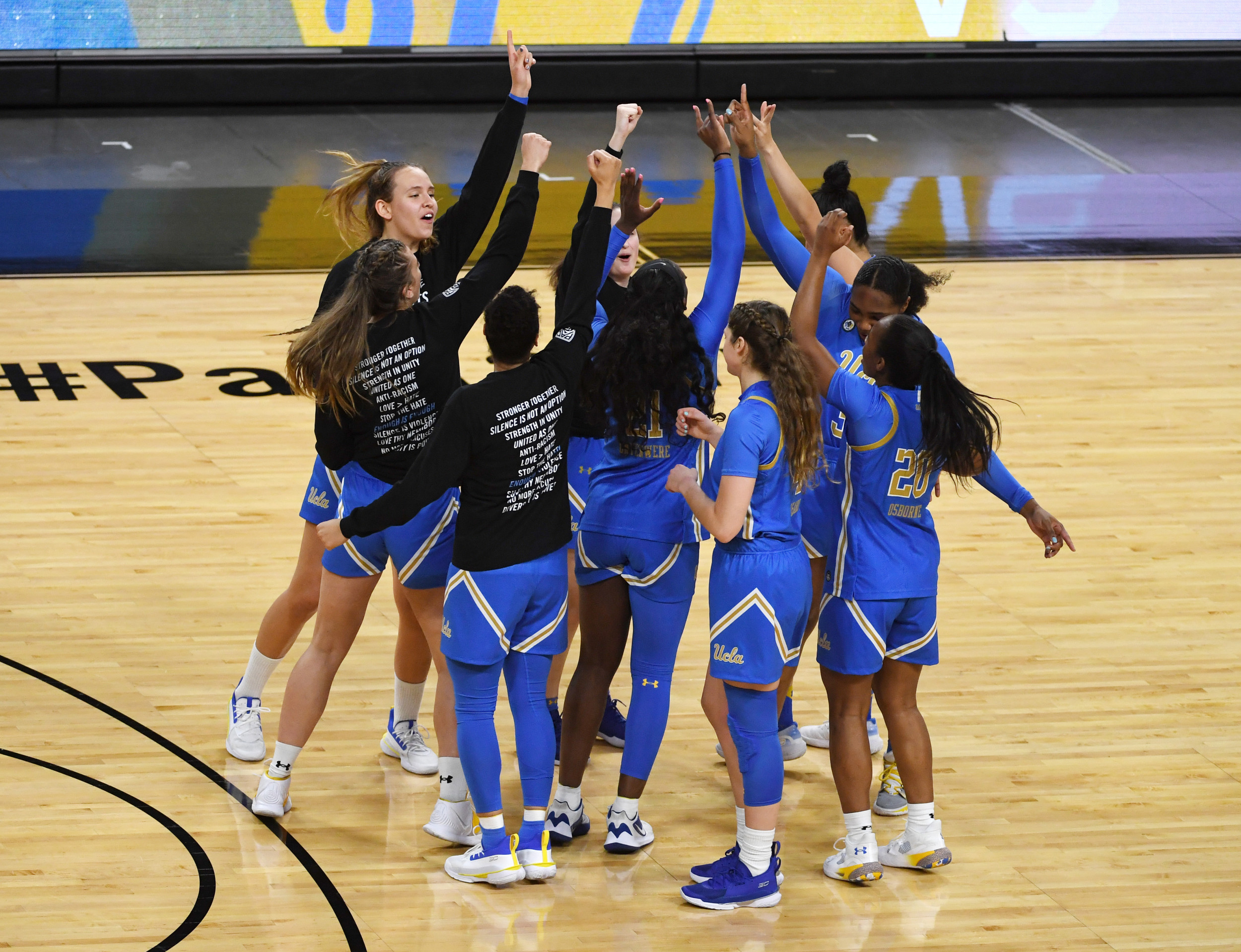Wisconsin's nine-day deer season, a staple for hunters statewide, begins at dawn on Saturday and runs through to the evening of Sunday, Dec. 1.
Hunters eagerly await the season's opening, a tradition that brings together families, friends, and communities from across the state and beyond.
This year, many are hoping to bounce back after a disappointing 2023 season, which saw a total harvest of about 174,000 deer.
The drop represented a 17 percent decline from 2022, following a notably productive year in 2021. Despite the downturn, the enthusiasm for deer hunting remains strong, with the sport deeply embedded in Wisconsin's cultural fabric.
Northern Wisconsin Faces Sharp Deer Declines
The steepest declines in last year's harvest were recorded in northern Wisconsin. Antlerless deer harvests fell by 27 percent, while the antlered category experienced a 14 percent drop.
These reductions were the sharpest among the state's four deer management zones, raising concerns about herd health and population dynamics in the region.

Notably, the number of hunters remained largely stable, with 434,817 firearm deer licenses sold in 2023, down just 0.8 percent from the previous year. This stability highlights the challenge of declining harvest numbers despite consistent participation.
Winter and Wolves Under Scrutiny
The harsh winter in northern Wisconsin is a significant factor cited by the Department of Natural Resources (DNR) for the diminished deer population.
Prolonged cold and heavy snowfall may have strained the herd, reducing its numbers before the hunting season.
However, hunters in the region have pointed to another issue: wolves. Many argue that the predators are contributing to a dramatic thinning of the deer population, particularly in northern zones where their presence is most prevalent.
The debate over wolf management and its affect on hunting continues to be a contentious topic among hunters, wildlife officials, and conservationists.
Challenges for 2024 Season
DNR officials have tempered expectations for the 2024 gun deer season, citing additional challenges.
This year's season falls on the latest possible dates, missing the height of the rut, a time when deer are more active during daylight hours. With the rut over, deer movement is expected to be minimal, potentially limiting hunters' success.
Despite these hurdles, Wisconsin hunters remain optimistic, embracing the season not just as an opportunity to harvest deer but as a time to connect with the outdoors and uphold a time-honored tradition.
The next nine days will test both skill and perseverance while they navigate environmental and population challenges in pursuit of their quarry.
This article includes additional reporting from The Associated Press



















 English (US) ·
English (US) ·